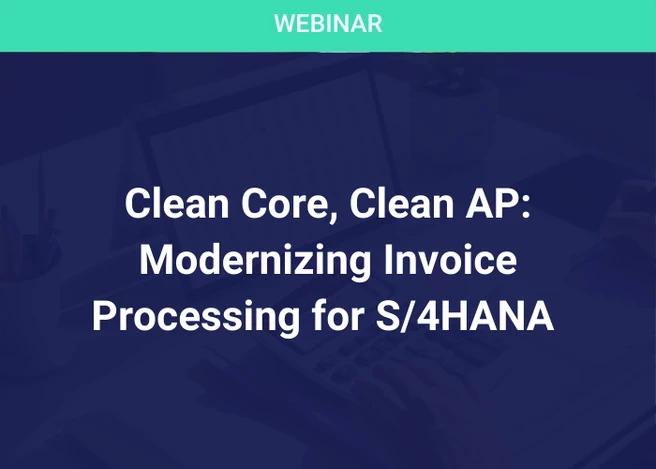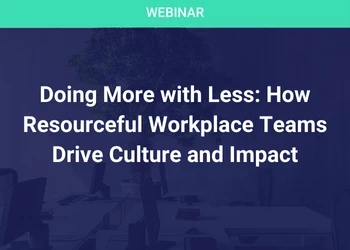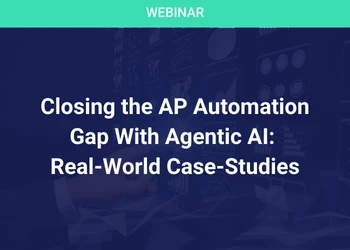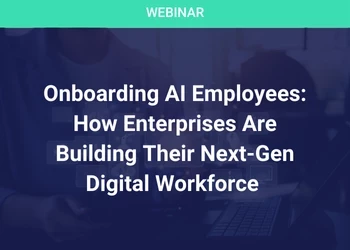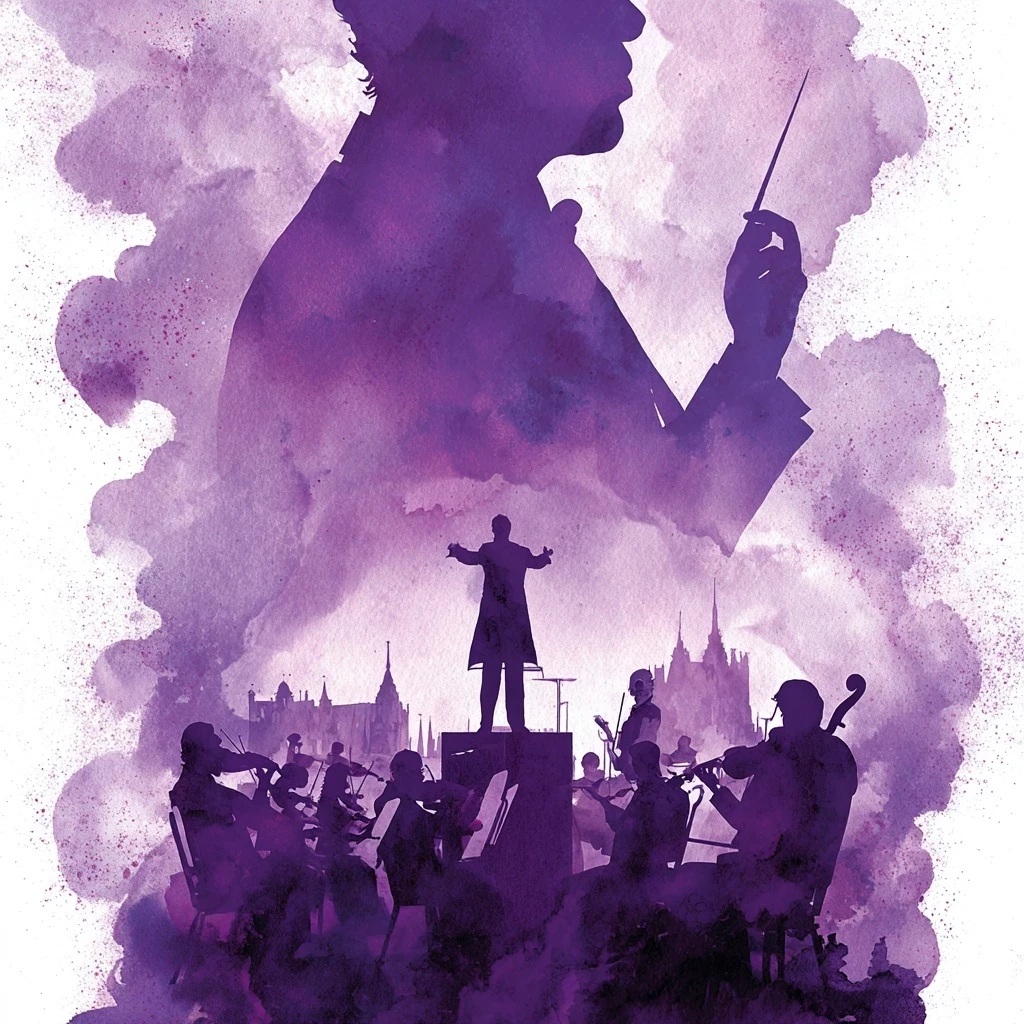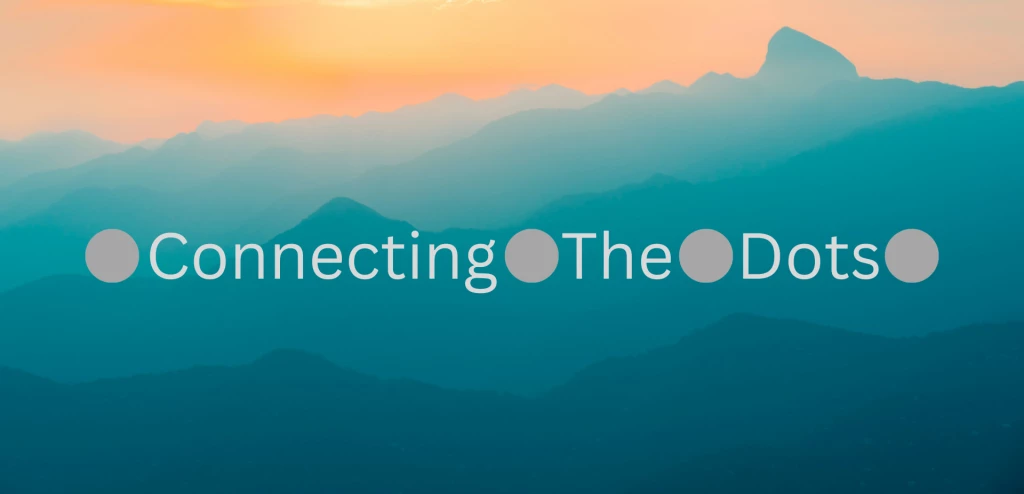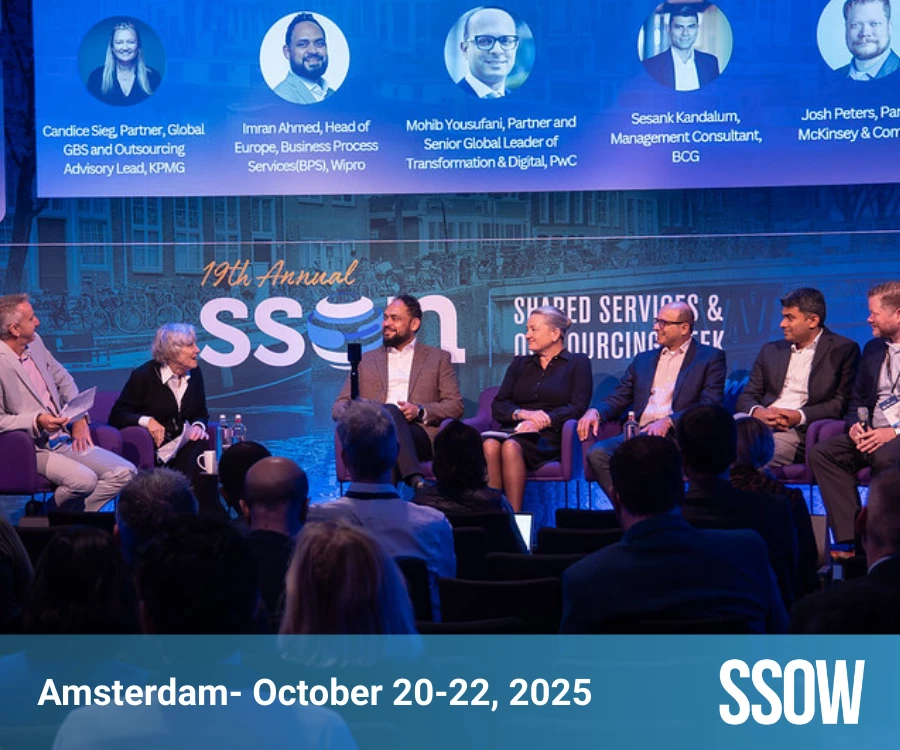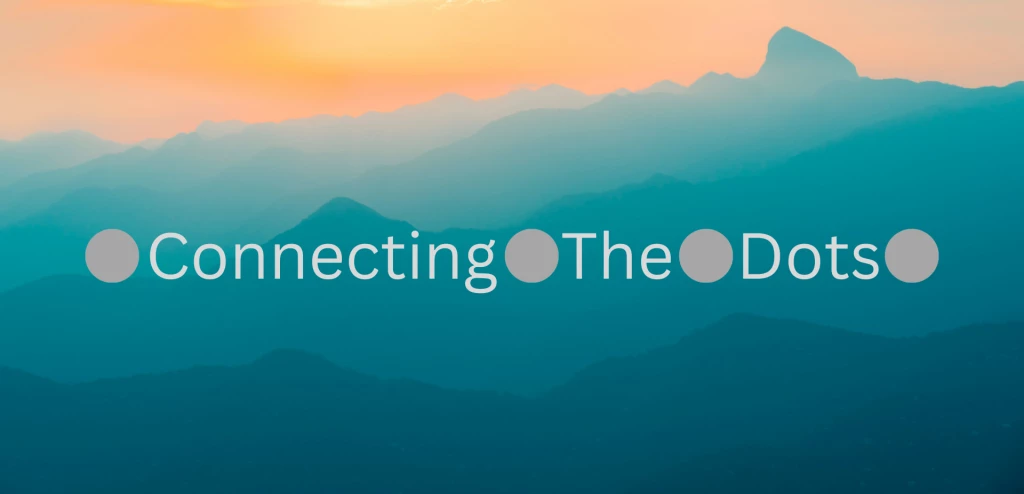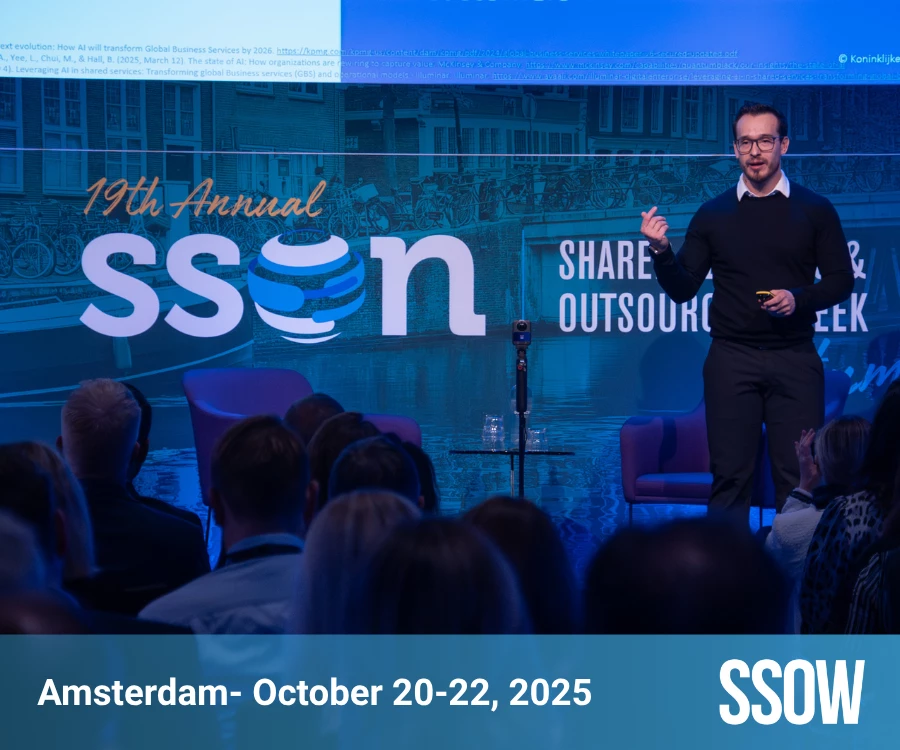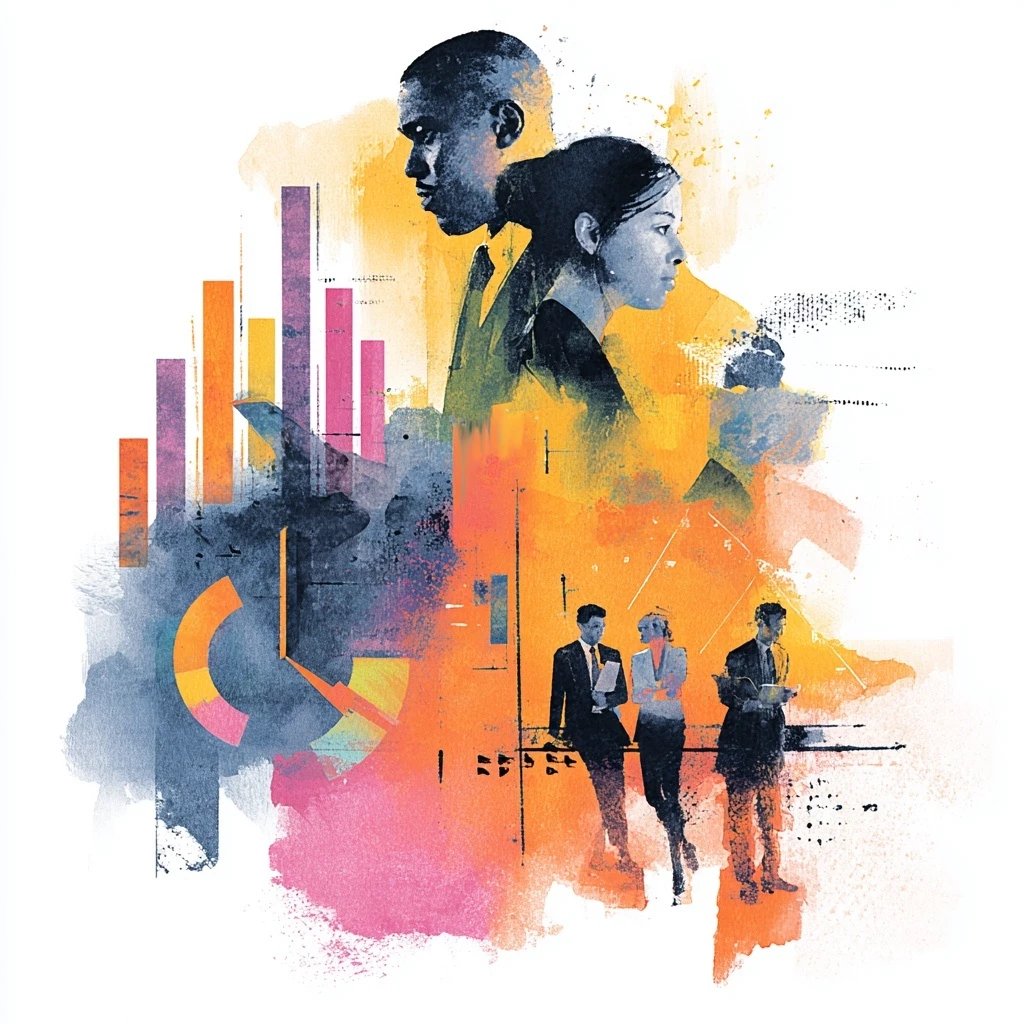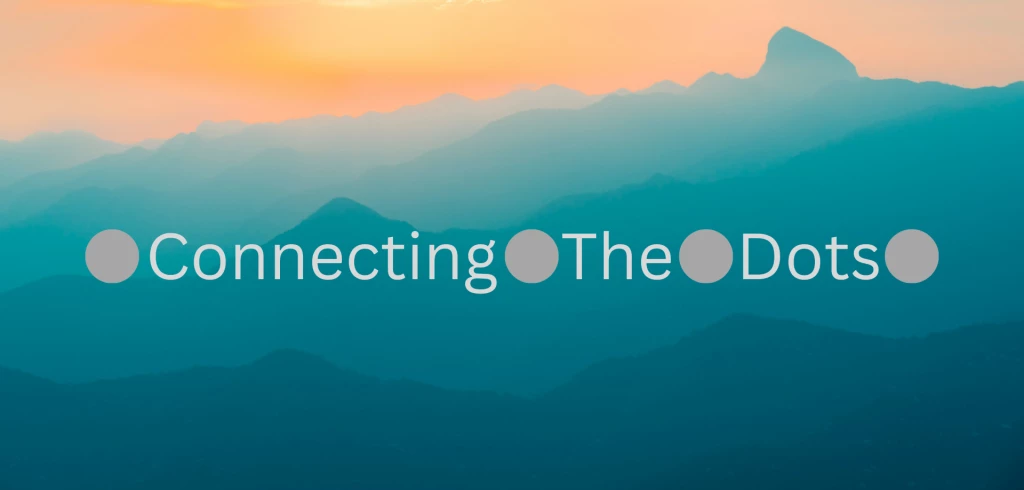Should Automation Sit Under IT or GBS?
Add bookmark
What is the relationship between automation and shared services or GBS? Are the lines blurring? At SSON, we’re seeing more and more that the lines between shared services and GBS in itself are much more blurred. And further, GBS and shared services are increasingly overseeing areas that would traditionally have fit under IT’s remit. This includes buckets like data and analytics, as well as automation.
Jordan Mullins, Head of Editorial at SSON and co-host of the SSONext podcast sat down with Tim Johnson, Head of Automation for the Suncorp Group, to dive into the details. Tim's background is the best of both worlds. He's been a very valuable thought leader to the shared services and outsourcing industry, and a familiar name here at SSON.
Where should automation centers of excellence sit?
As automation evolves post-pandemic, many leaders are talking about “tech-savvy business people and business-savvy tech people." There's an increasing need for technologists to understand the business challenges they're facing and to really focus on the drivers of those businesses.
At SSON, in 2021, we ran some research with GBS and tech leaders on where the Center of Excellence for technology and automation goals should sit, post-pandemic. Is it with the business? Or is it with IT? That study caused a bit of a stir! The argument from the shared services side of the game net was that they are the subject matter experts in the business and so automation goals should sit under them. And from the other side, for IT, the argument was that GBS and shared services don't have the technical background needed for many of these turnkey projects. Which perhaps means that shared services might not have that holistic scope to really implement automation solutions with all of the right technical controls in place.
Tim says, “For me, absolutely the best way to go was to pick the entire piece up, leave my beloved operations team, and come over and work for the CIO. Because at the end of the day, even the citizen developer, on no-code platforms, is still building software. Large operational teams are littered with the software that businesses said, ‘don't worry, we can use this without IT’s help!' You still need to stand the software up, it still needs to have standards, and it still needs to have governance; because at the end of the day, if it fails, it's going to impact customers.
"A purely IT-focused automation team, who do not understand the way their business and customer value streams work, will never be as successful in proliferating automation technologies as one that understands and can talk to the business about the problems that customers have, not just about the software that they need. I say to my team, we're not defined by the software we code; we're defined by the value we deliver. And that value comes from either making it easier for the customer, faster for the business, or smarter for the business. You can do that only by understanding how your business areas work, because at the end of the day, you've got to be solving the problem.”
What can shared services and IT leaders do to chip away at the barriers to integration?
The goal of a shared services or GBS delivery model is to allow each business division to focus its limited resources on activities that support the division’s business objectives. Technology has often been the driver for shared services within an organization despite the fact it can be expensive to purchase, maintain, and train employees to use. Enabling the knowledge translation into the business on the value of automation is where shared services shines.
It comes down to teams really tapping into the fact that they have a shared purpose, which is to deliver better value to our customers. Often, we do this (whether digitally or manually) through processing customer orders, making decisions on what industries we're in, making sure we have customers who want our services or products, and having processes that make it all easy to deliver it. Tim advises that we strive to stay focused on the main goal, and not on who owns the process.
“At the end of the day, everybody owns the customer process. Everybody who contributes to it has to feel like they own it. You have to have a passion for wanting to make it the best process you can, and get into the art of it,” Tim explains.
If you like the audio medium, and would like to hear a detailed interview that dives much further into automation, please listen to the SSONext podcast with Jordan Mullins and Tim Johnson on Spotify.

